Scaffolding Skills and Writing in AP U.S. History
One of the greatest rewards of teaching history is when students can show that they can make effective arguments supported by historical evidence. From a practical point of view, argumentation is at the heart of the free response section of the AP® exam. This can be particularly difficult with...



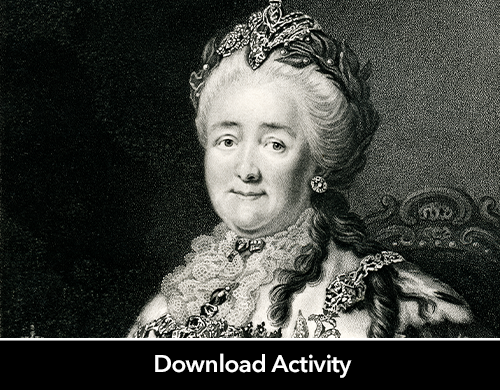



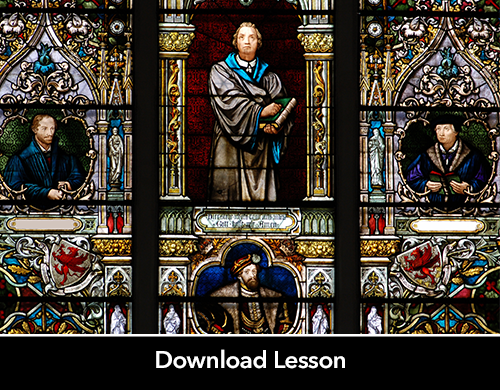
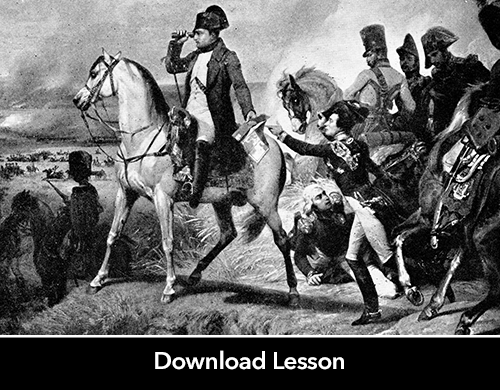
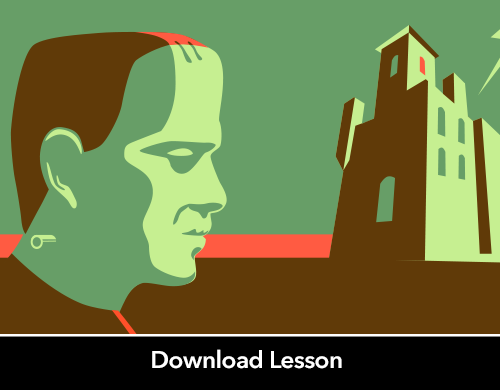
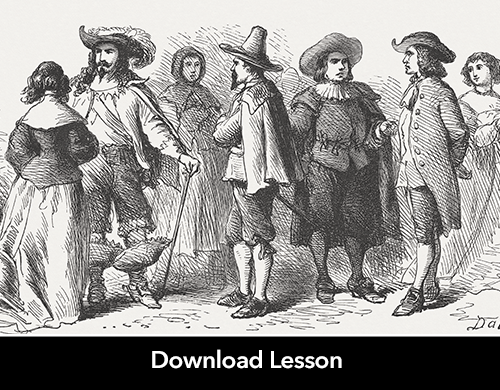
.png)